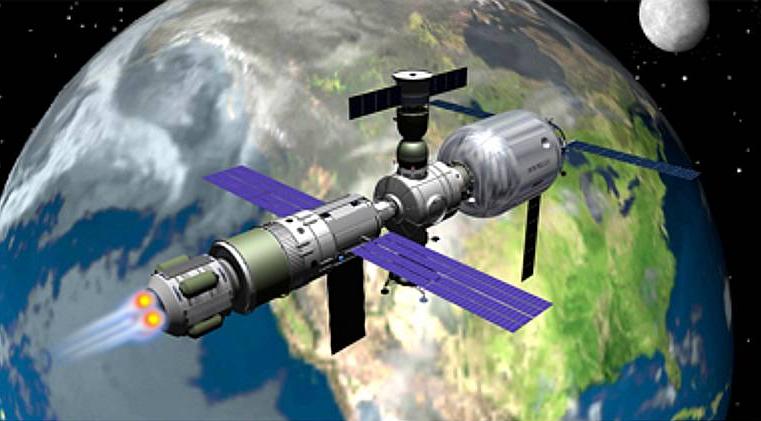E
EarthlingX
Guest
Original discussion started here:
viewtopic.php?f=6&t=19538
where we strayed into discussion of hypothetical MPD interplanetary spaceship.
I propose name 'Space.com Heliosphere Explorer' (SHE). (edit 2009.08.31, abbreviation)
There are still many open questions, for which i hope, we can find answers together.
- Use Altair for the lander, make it very Single Stage To Surface and Single Stage To Orbit, fix what's missing (evolve) for atmosphere landing a bit later.
- 660 m3 (2xBA 330) would be enough for 6 people, if we stay close. If working modular, we can always plug in more a bit later. There will probably also be some pressurized space in other modules, but BA 330 k***s a*s.
- Hyperion (http://www.hyperionpowergeneration.com/product.html) for power generation, we could add more, if (when) we need them.
- 670 N thrust (2x VX-13000) 2x 13 MW 20t engine per one generator.
- Argon tank goes to LEO empty, refills in the orbit. Assuming 80% fuel/structure ratio gives 80t Argon.
7 modules, 660 m3 space = 140t + 80t Argon, how much ?
1. 1x SSTO Altair = 5 G$ ?
2. 2x BA 330 = 200 M$
3. 1x Hyperion = 30 M$
4. 1x Argon tank = ?
5. 2x VX-13000 = ?
6. 80t Argon = ?
7. 220t to LEO, assuming 4k$/kg = 880 M$
I guestimate, based on previous discussion and available data, that this could be under 10 G$ or very close.
(edit 2009.08.28, changed VF-?? to VX-?? based on Ad Astra Rocket press release: http://www.adastrarocket.com/Release241008.pdf)
(edit 2009.09.01, found cause of VF-??/VX-?? confusion)
(VASIMR Performance Measurements at Powers Exceeding 50 kW and Lunar
Robotic Mission Applications, 6.Summary)
viewtopic.php?f=6&t=19538
where we strayed into discussion of hypothetical MPD interplanetary spaceship.
I propose name 'Space.com Heliosphere Explorer' (SHE). (edit 2009.08.31, abbreviation)
There are still many open questions, for which i hope, we can find answers together.
- Use Altair for the lander, make it very Single Stage To Surface and Single Stage To Orbit, fix what's missing (evolve) for atmosphere landing a bit later.
- 660 m3 (2xBA 330) would be enough for 6 people, if we stay close. If working modular, we can always plug in more a bit later. There will probably also be some pressurized space in other modules, but BA 330 k***s a*s.
- Hyperion (http://www.hyperionpowergeneration.com/product.html) for power generation, we could add more, if (when) we need them.
- 670 N thrust (2x VX-13000) 2x 13 MW 20t engine per one generator.
- Argon tank goes to LEO empty, refills in the orbit. Assuming 80% fuel/structure ratio gives 80t Argon.
7 modules, 660 m3 space = 140t + 80t Argon, how much ?
1. 1x SSTO Altair = 5 G$ ?
2. 2x BA 330 = 200 M$
3. 1x Hyperion = 30 M$
4. 1x Argon tank = ?
5. 2x VX-13000 = ?
6. 80t Argon = ?
7. 220t to LEO, assuming 4k$/kg = 880 M$
I guestimate, based on previous discussion and available data, that this could be under 10 G$ or very close.
(edit 2009.08.28, changed VF-?? to VX-?? based on Ad Astra Rocket press release: http://www.adastrarocket.com/Release241008.pdf)
(edit 2009.09.01, found cause of VF-??/VX-?? confusion)
(VASIMR Performance Measurements at Powers Exceeding 50 kW and Lunar
Robotic Mission Applications, 6.Summary)
http://www.adastrarocket.com/ISGLP_JPSquire2008.pdfDesign of the VF-200, a flight-ready engine to follow VX-200 ....



